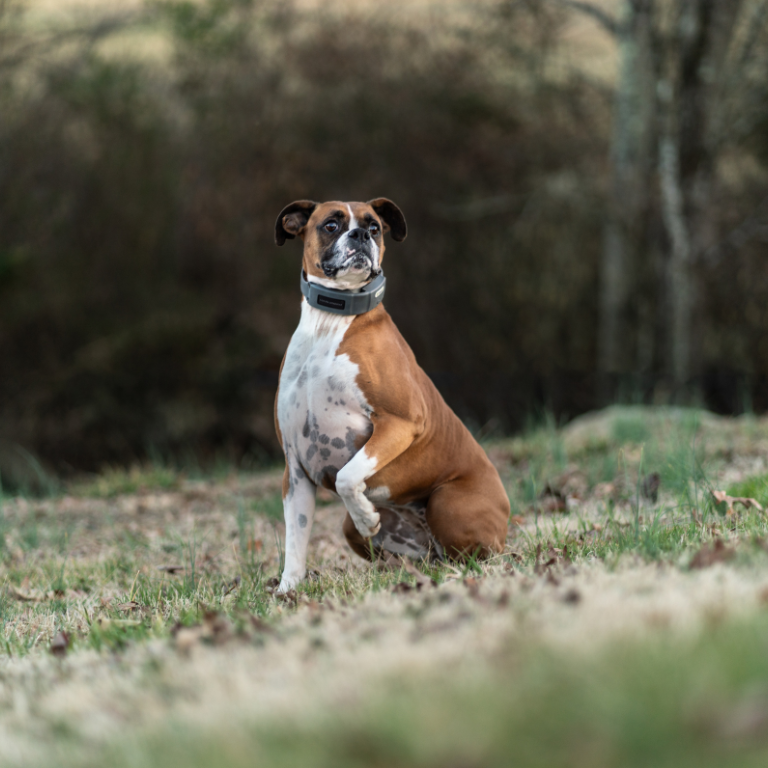The 3 Most Common Mistakes with a GPS Dog Fence (And How to Avoid Them)

The collar doesn’t train your dog—you do.
Here’s how to set your dog up for long-term success by avoiding what the experts say are the three most common GPS fence training mistakes.
Mistake #1: Skipping Daily Training
Simply put, “the easiest thing to do, is also the easiest thing not to do,” shares Evan. And when it comes to GPS fence training, that thing is daily practice.
It only takes 15 minutes a day to teach your dog how to use the fence properly. But if you don’t commit to that time consistently, you’re setting yourself (and your dog) up for confusion and failure.
✅ How to avoid it
Evan recommends making a simple promise:"I will do the training."
Add it to your daily routine: before coffee, after lunch, during your evening walk. Set a reminder on your phone if you have to. That consistency is key to faster off-leash freedom.
Mistake #2: Training with Too Many Distractions
Just like trying to study for an exam at a party, training your dog in a high-distraction environment doesn’t work. Yet it’s a mistake many of us make—starting boundary training when the neighbor’s dog is out, or when kids are running around.
Dogs learn best in low-distraction settings. Once the basics are down, you can gradually increase distractions to make training stick in real-world scenarios.

✅ How to avoid it
Write down your dog’s top 5–10 distractions. For example:
🧒 Kids
🐕 Other Dogs
🥏 Toys
🦴 Treats
🐿️ Wildlife
Mistake #3: Not Prepping the Boundary
Before your SpotOn GPS Fence collar even arrives, you can start laying the foundation. Dogs don’t automatically recognize invisible boundaries—you have to show them.
✅ How to avoid it
Begin with daily perimeter walks on leash.
Use a 6–15 ft leash and walk the area where you plan to set your GPS fence. This helps your dog get familiar with the boundary before any tones or corrections come into play.
These added cues give your dog extra context before the collar’s warning tone even kicks in. If your yard is large, just start with high-priority areas (like near roads or neighbor properties).
📅 Schedule this now: Pick a consistent time to do your perimeter walks. Morning? After dinner? Write it down. Make it part of your day.
GPS Fence Training Is a Process—But It Works
There are no shortcuts when it comes to training your dog with a GPS fence. But by avoiding these three common mistakes, you’ll see faster results, fewer headaches, and a dog that confidently respects their boundaries.
And when that happens? You get the freedom and peace of mind you were looking for all along!
Need help? The SpotOn GPS Fence team is always here to support your success. Contact support anytime with questions.
SELECT A SIZE
Related Stories

Ultimate GPS Dog Fence Guide
Read on for a full breakdown revealing what you should look for in a GPS dog fence and, more importantly, why…

Help! My Dog Keeps Running Through Our Wireless Fence
Read our dog training expert respond to a common question from customers and why they may try to breach their fence…

How SpotOn's Boundaries Work - For You and Your Pup!
With SpotOn, your dog is trained to the tones, vibration and an optional static correction…



